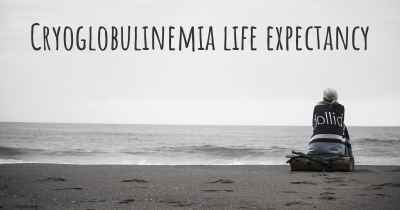How is Cryoglobulinemia diagnosed?
See how Cryoglobulinemia is diagnosed. Which specialists are essential to meet, what tests are needed and other useful information for the diagnosis of Cryoglobulinemia

Cryoglobulinemia is a rare condition characterized by the presence of abnormal proteins called cryoglobulins in the blood. These proteins can clump together and cause inflammation, leading to various symptoms such as skin rashes, joint pain, and organ damage. Diagnosing cryoglobulinemia involves a combination of clinical evaluation, laboratory tests, and imaging studies.
Clinical evaluation: The first step in diagnosing cryoglobulinemia is a thorough medical history and physical examination. The doctor will inquire about the patient's symptoms, their duration, and any factors that may trigger or worsen them. They will also assess the patient's overall health and look for signs of organ involvement.
Laboratory tests: Several blood tests are used to diagnose cryoglobulinemia. The most important one is the cryoglobulin test, which detects the presence and type of cryoglobulins in the blood. This test involves collecting a blood sample and allowing it to clot at a low temperature. The sample is then centrifuged to separate the serum from the precipitated cryoglobulins. The cryoglobulins are further analyzed to determine their composition.
Other blood tests may be performed to assess organ function and identify any underlying conditions associated with cryoglobulinemia. These tests include a complete blood count (CBC), liver and kidney function tests, rheumatoid factor, complement levels, and hepatitis C virus (HCV) antibodies.
Imaging studies: Imaging techniques such as ultrasound, computed tomography (CT), or magnetic resonance imaging (MRI) may be used to evaluate organ involvement in cryoglobulinemia. These tests can help identify any structural abnormalities or damage caused by the condition.
Biopsy: In some cases, a tissue biopsy may be necessary to confirm the diagnosis of cryoglobulinemia. A small sample of affected tissue, such as skin or kidney tissue, is obtained and examined under a microscope to look for the presence of cryoglobulins and assess the extent of organ damage.
It is important to consult a healthcare professional if you experience persistent symptoms suggestive of cryoglobulinemia. Early diagnosis and treatment can help manage the condition and prevent complications.








